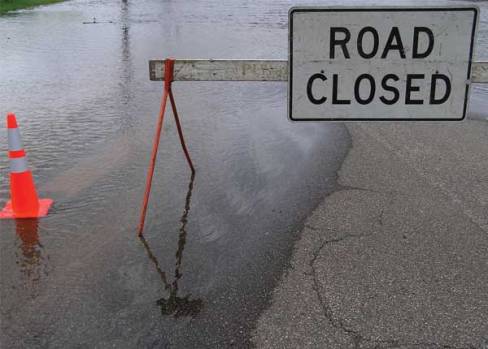By Matthew Kates, Country Manager, Zerto Australia and New Zealand
The recent debacle regarding the hacking of the Australian Bureau of Statistics’ census website, have only served to highlight the powerful effects of how swiftly key infrastructure and services can go offline causing chaos and disruption to millions of Australians.
CIOs in Australia are not immune to this worry. While a natural disaster often provides the impetus to check in on the organisation’s disaster recover strategy, it’s important to note that the majority of data centre service interruptions are caused by hardware failures, software upgrades and power outages.
There are many ways companies can prepare themselves should a disaster strike, natural or otherwise. Unexpected downtime for data and applications can be incredibly costly to Australian organisations, from the loss of productivity to the loss of customer confidence. For many, downtime is simply not an option.
Regardless of their size or industry, all companies must find ways to keep their employees safe while ensuring business processes continue. Having protocols already in place that can be quickly acted upon can mean the difference between a major, business-changing catastrophe and an incident far less severe. To ensure a business is truly prepared, companies should periodically revisit their disaster preparedness and disaster recovery (DR) plans to make sure everything is up to date and easy to deploy in the event of a disaster occurring.
For those CIOs revisiting and updating their disaster recovery, or those for whom building a DR strategy has moved to the top of the priority list, there are three top suggestions I can make. These will help you better plan a more effective DR strategy and ensure your organisation is protected from the costs of downtime.
Architectural simplicity
We find time and again that a complex architecture tends to attract the full force of Murphy’s Law. The more complex a DR solution, the more things that can go wrong. The more moving parts you have, and the more platforms and people involved, the more likely that one of those moving parts will fail at a critical time. Simplicity really is the best approach.
Looking at solutions that can cover all data and applications critical to your company removes the organisational and technological risk. By simplifying your architecture you reduce the moving parts and points of failure. You also reduce the amount of human effort required to keep it running. While the cost benefits associated with simplifying your architecture are almost reason enough to change your DR strategy, the true value comes from genuinely ensuring the organisation is protected when it needs it most.
Robust DR testing
An important part of organisational risk reduction is validating the application protection infrastructure. Simply implementing a strategy is not enough. You must verify that it works.
Testing should be an integral and regular part of the DR strategy to ensure that the IT team is confident and prepared when a crisis hits, to be sure that applications recover in a consistent state, and have a very clear idea of how much downtime the company will be exposed to.
To do that, organisations need to work with a DR provider that offers non disruptive automated recovery testing which doesn’t require additional infrastructure built into the product. Being able to test and prove recovery right up to running applications means that audit is something IT doesn’t have to spend more than a few minutes to prepare for and testing becomes a standard part of regular operations.
DR to enable the wider business
Organisations have traditionally approached DR in a silo. IT systems are not built based on a need for DR; they are built to run business applications while the protection of those systems plays a supporting role.
Interestingly, the past 18 months have seen a slight shift to this approach. DR technology lends itself well to workload mobility and in an increasingly software defined IT world, workload mobility is becoming a central part of building any new IT infrastructure.
This shift is an important one, and sees your DR strategy enable the wider business with the adoption of public and hybrid cloud. In this way, application protection also allows application mobility. DR can reduce risk while also allowing for infrastructure abstraction. Applications can securely live and move between any storage platform, VMware and HyperV, and public cloud environments.
Not only can DR drive down risk, it can increase choice and drive out cost from the entire infrastructure stack.
Matthew Kates is country manager for Australia and New Zealand at Zerto. Zerto provides disaster recovery and business continuity software for virtualised data centres and cloud environments.
Comment below to have your say on this story.
If you have a news story or tip-off, get in touch at editorial@governmentnews.com.au.
Sign up to the Government News newsletter
Most read
Scathing report finds little has changed at PwC
Inquiry to consider how federal govt can address councils’ sustainability issues
Qld council welcomes progress on massive battery system
‘Local’ procurement turns out not to be so local, committee hears
Another report finds local government falling down on cyber security


